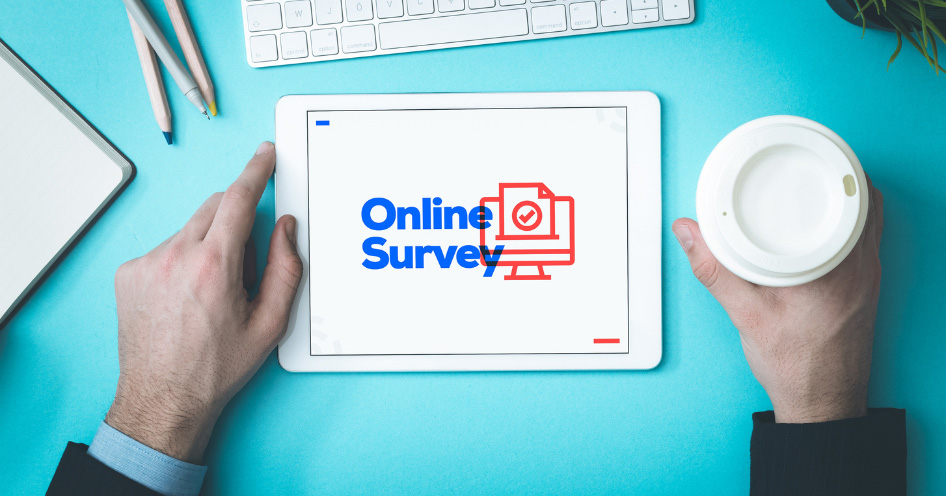Unveiling the Survey Conundrum
Surveys are the bedrock of data-driven decision-making, but the length can be a double-edged sword, affecting engagement and data quality. As we delve into the intricacies of survey design, it becomes imperative to optimize survey length for improved engagement.
In a bustling digital era where attention spans are shrinking, and users are inundated with information, the effectiveness of surveys in extracting valuable insights has become a delicate balancing act. Picture this: you open your inbox to find a survey invitation. The initial enthusiasm is quickly replaced by a glance at the seemingly endless list of questions. Do you commit the time to answer it comprehensively, or do you hastily click through, providing cursory responses? The struggle is real.
Here are 10 tips backed by data and insights to navigate this challenging terrain.
1. Know Your Audience: Tailor Surveys to Specific Demographics
Understanding your audience is the first rule of engagement. A survey crafted for a younger demographic may require brevity and visual appeal, while a professional audience might appreciate in-depth, detailed questions. Research by Pew Research Center highlights the importance of demographic considerations in survey design, showcasing how generational differences impact response patterns.
Tip: Conduct a pre-survey analysis to identify the demographics of your target audience and tailor your survey accordingly.
2. Strategic Question Order: From Easy to Thought-Provoking
The order of your survey questions plays a pivotal role in maintaining participant interest. Start with straightforward, easy-to-answer questions to ease respondents into the survey. As they gain momentum, gradually introduce more complex and thought-provoking queries. This approach, backed by a study from the Journal of Official Statistics, minimizes respondent fatigue and improves overall engagement.
Tip: Arrange your survey questions in a logical flow, ensuring a smooth transition from simple to complex.
3. Set Clear Expectations: Time Commitment Matters
Ever abandoned a survey midway because it seemed never-ending? You’re not alone. Transparency is key; let participants know upfront how much time the survey is likely to take. Research by SurveyMonkey reveals that shorter surveys boast higher completion rates, emphasizing the importance of respecting your audience’s time.
Tip: Include an estimated time for survey completion in the introduction to manage participant expectations.
4. Embrace Technology: Interactive and Mobile-Friendly Surveys

The ubiquitous nature of smartphones has transformed the way we interact with content. Utilize this shift by optimizing your surveys for mobile devices. Studies by Qualtrics emphasize the importance of mobile-friendly surveys, showing a significant increase in response rates when participants can engage with surveys seamlessly on their smartphones.
Tip: Invest in survey tools that offer responsive designs for various devices, ensuring a positive user experience.
5. Be Selective with Questions: Quality Over Quantity
More isn’t always better, especially when it comes to survey questions. In a study by the American Association for Public Opinion Research, the ideal survey length was found to be around 7-10 minutes. Prioritize questions that yield the most valuable insights and cut out any redundancy. Quality over quantity ensures focused responses and higher participant satisfaction.
Tip: Regularly review and refine your survey questions to eliminate unnecessary or repetitive queries.
6. Gamify the Experience: Turn Surveys into an Engaging Game
Gamification is a powerful tool to enhance survey engagement. Incorporating elements of competition or reward can transform a mundane survey into an interactive experience. A study published in the International Journal of Market Research found that gamified surveys not only increased completion rates but also improved data quality.
Tip: Introduce elements like progress bars, badges, or small incentives to make the survey-taking process more enjoyable.
7. Leverage Conditional Logic: Personalized Surveys for Precision
Not all respondents are the same, and their experiences or preferences may differ. Conditional logic allows you to tailor survey questions based on previous responses, creating a personalized experience. Data from SurveyGizmo highlights a significant boost in engagement when participants feel that the survey is specifically designed for them.
Tip: Use survey platforms that support conditional logic to customize the survey journey based on individual responses.
8. Pilot Test: Refine Your Survey Based on Feedback

Before unleashing your survey on the entire target audience, conduct a pilot test. Gather a small group of participants, analyze their feedback, and refine the survey accordingly. This iterative process, supported by research from the Journal of Business and Technical Communication, ensures that your survey is finely tuned for optimal engagement.
Tip: Pilot testing helps identify potential pain points and allows you to make necessary adjustments before the official launch.
9. A/B Testing: Uncover the Most Effective Survey Elements
A/B testing, commonly used in marketing, can be a valuable tool in survey optimization. Create multiple versions of your survey with variations in question wording, length, or design, and measure participant responses. The results can provide insights into the elements that resonate most with your audience.
Tip: Implement A/B testing on a small scale to identify the most effective survey components before widespread distribution.
10. Analyze and Iterate: Continuous Improvement is Key
The end of a survey is not the end of the road. Post-survey analysis is critical for gleaning insights into respondent behavior and refining future surveys. Utilize data analytics tools to identify patterns, outliers, and areas for improvement. An ongoing commitment to refinement, as emphasized by the International Journal of Market Research, ensures that your surveys evolve with changing audience expectations.
Tip: Establish a feedback loop that includes post-survey analysis and continuous improvement, fostering a culture of optimization.
Conclusion: Striking the Balance for Success When You Optimize Survey Length
In the dynamic landscape of data collection, optimizing survey length is an art as much as it is a science. By understanding your audience, strategically ordering questions, and embracing technology, you can transform surveys from a chore into an engaging experience. Remember, the key lies not just in gathering data but in fostering a connection with your audience, ensuring that every question asked is a step towards unlocking valuable insights. As you embark on the journey of survey optimization, let the data guide you, and may your insights be as rich as the engagement you cultivate.
Have a project that you’re looking to field?
Logit can help. Just fill out the form below and a Logit Group team member will be in contact with you shortly. Get a quote today.





